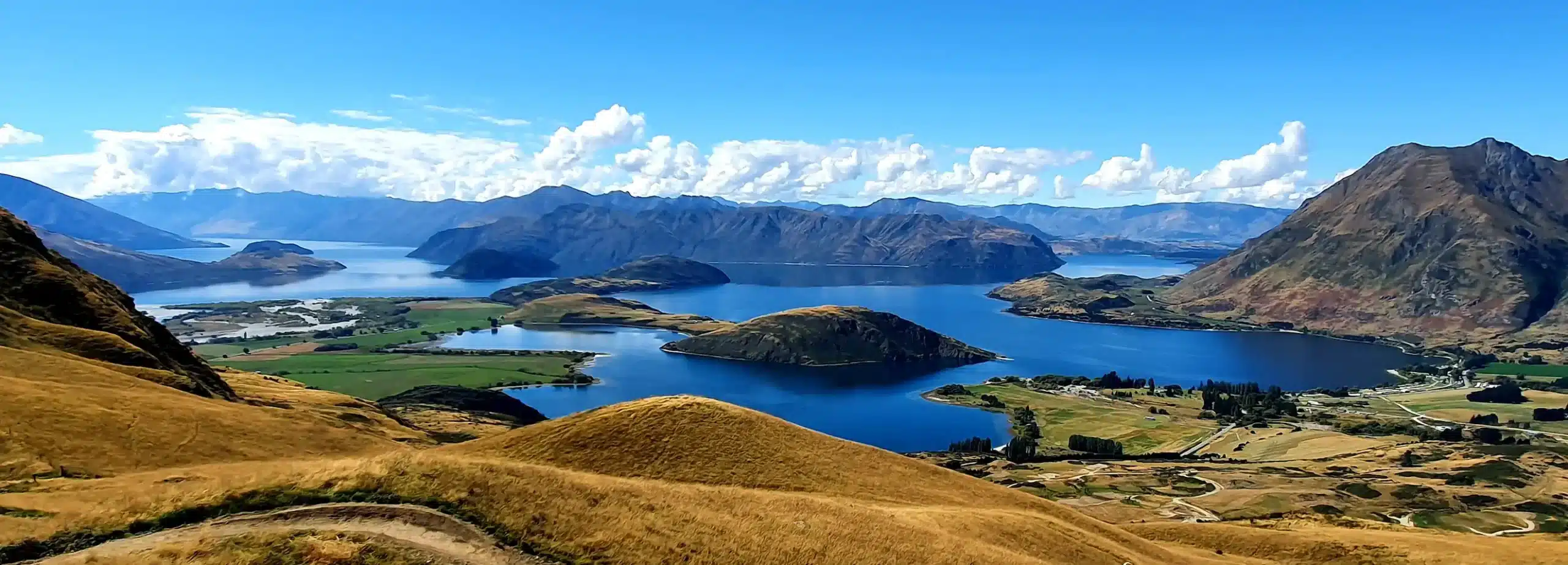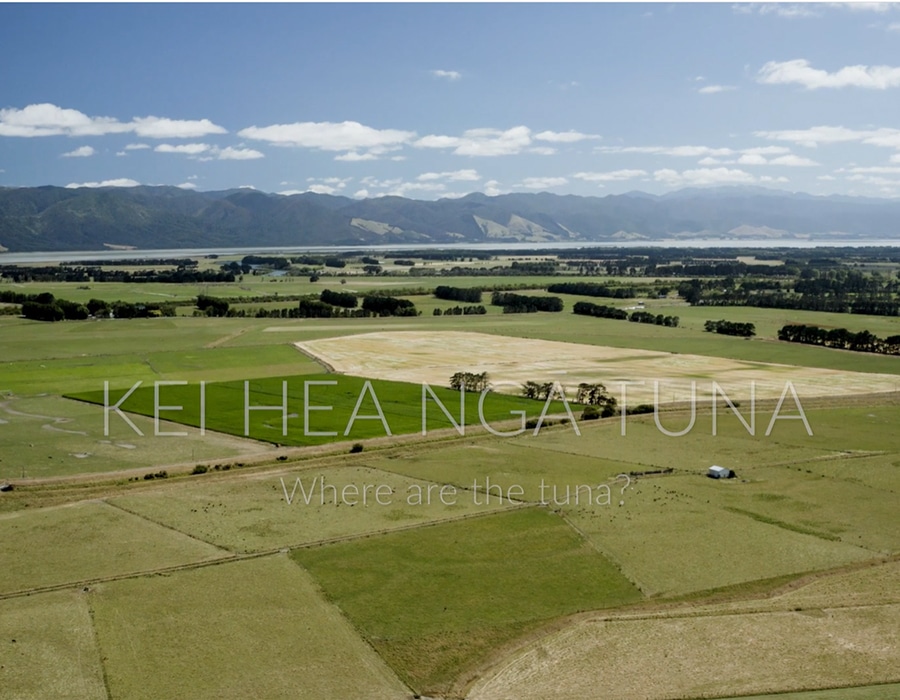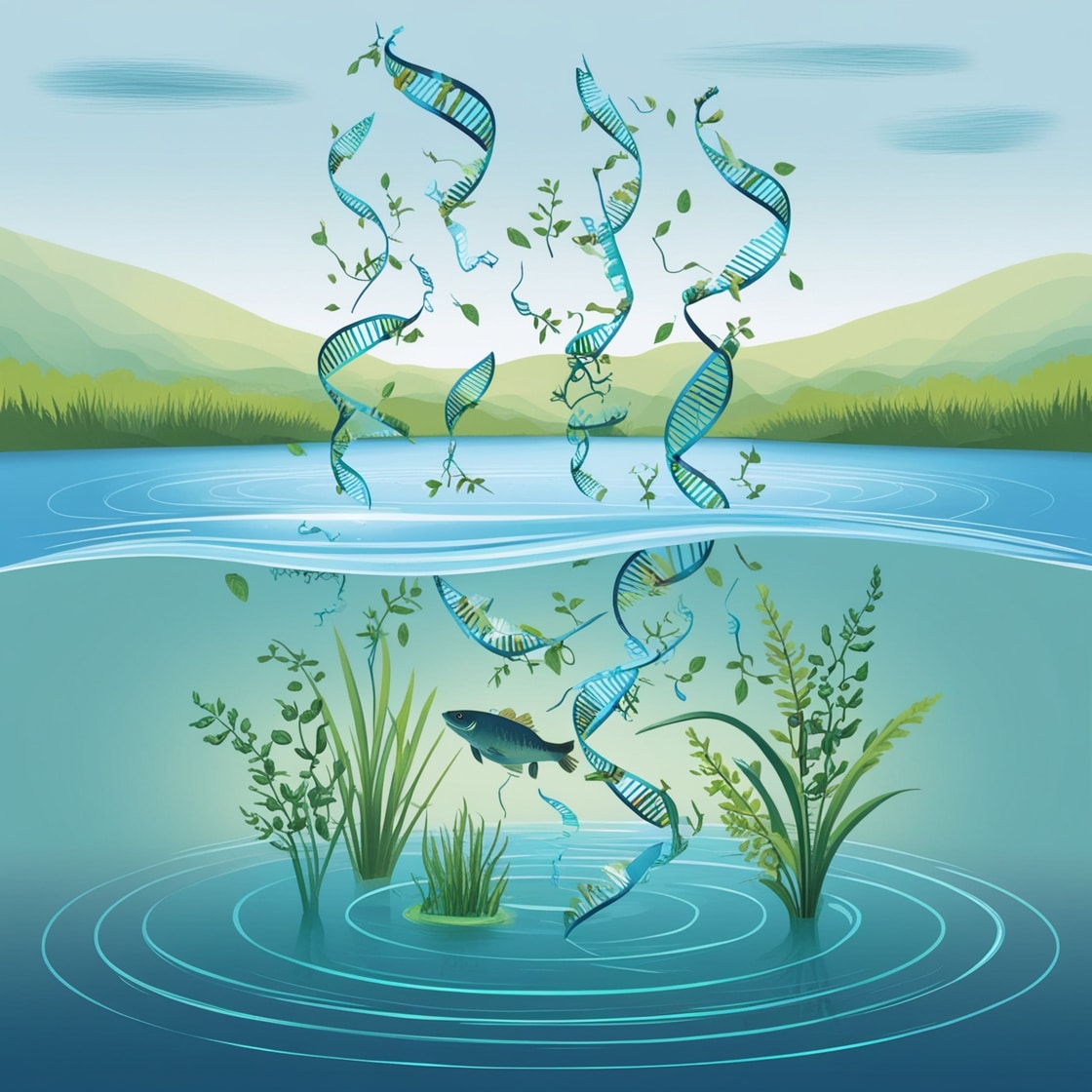Pearman JK, Thomson-Laing G, Thomson-Laing J, Thompson L, Waters S, Reyes L, Howarth JD, Vandergoes MJ and Wood SA (2022) The Role of Environmental Processes and Geographic Distance in Regulating Local and Regionally Abundant and Rare Bacterioplankton in Lakes. Front. Microbiol. 12:793441. doi: 10.3389/fmicb.2021.793441
Abstract
Bacteria are vital components of lake systems, driving a variety of biogeochemical cycles and ecosystem services. Bacterial communities have been shown to have a skewed distribution with a few abundant species and a large number of rare species. The contribution of environmental processes or geographic distance in structuring these components is uncertain. The discrete nature of lakes provides an ideal test case to investigate microbial biogeographical patterns. In the present study, we used 16S rRNA gene metabarcoding to examine the distribution patterns on local and regional scales of abundant and rare planktonic bacteria across 167 New Zealand lakes covering broad environmental gradients. Only a few amplicon sequence variants (ASVs) were abundant with a higher proportion of rare ASVs. The proportion of locally abundant ASVs was negatively correlated with the percentage of high productivity grassland in the catchment and positively with altitude. Regionally rare ASVs had a restricted distribution and were only found in one or a few lakes. In general, regionally abundant ASVs had higher occupancy rates, although there were some with restricted occupancy. Environmental processes made a higher contribution to structuring the regionally abundant community, while geographic distances were more important for regionally rare ASVs. A better understanding of the processes structuring the abundance and distribution of bacterial communities within lakes will assist in understand microbial biogeography and in predicting how these communities might shift with environmental change.




